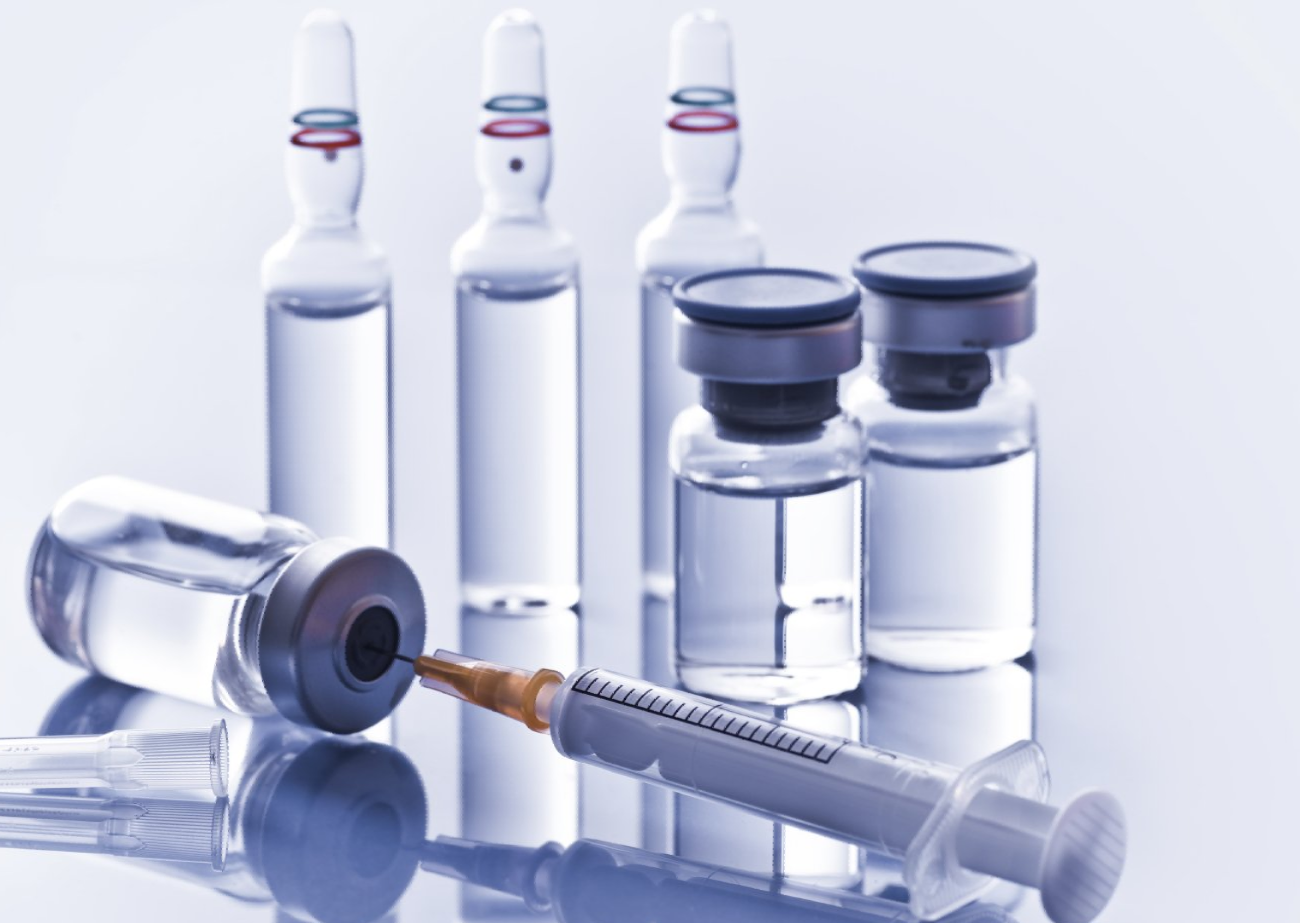Osteonecrosis of the jaw
Osteonecrosis of the jaw is commonly associated with either head and neck radiotherapy or certain medications often used in cancer treatment
Medication related osteonecrosis of the jaw (MRONJ)
Medication related osteonecrosis of the jaw (MRONJ) is an umbrella term used for any drug that has been implicated in causing jaw bone death
It is defined as exposed bone (or bone that can be probed through a fistula) present for over 8 weeks following implicated medications
AAOMS 2014 Position Paper
Osteoradionecrosis (ORN)
Osteoradionecorosis (ORN) is when jaw bone death occurs following radiotherapy for treating head and neck cancer
It is defined as exposed bone present for over 8 weeks following radiotherapy having excluded recurrence of cancer






